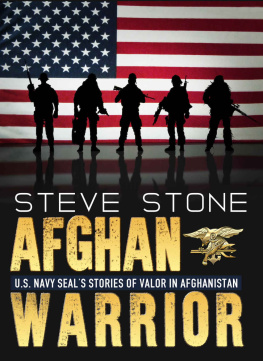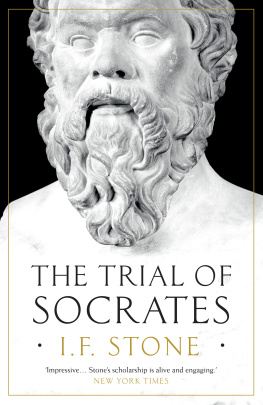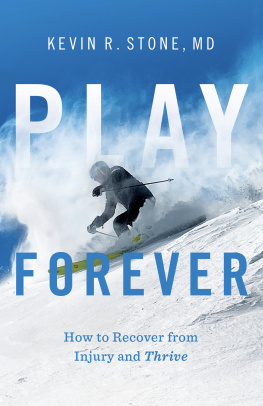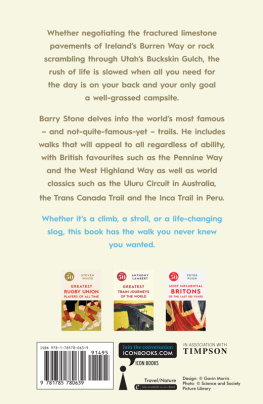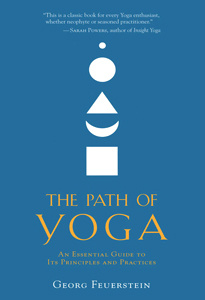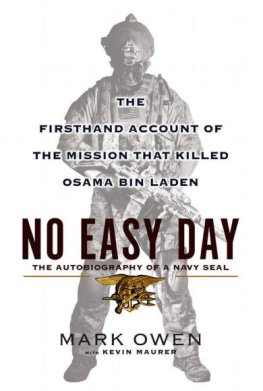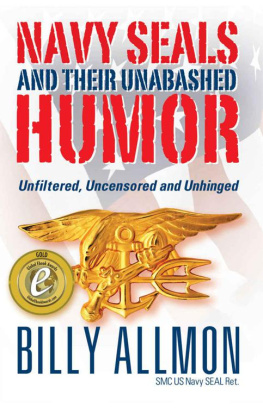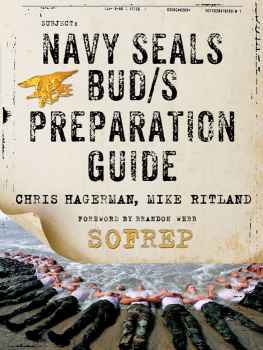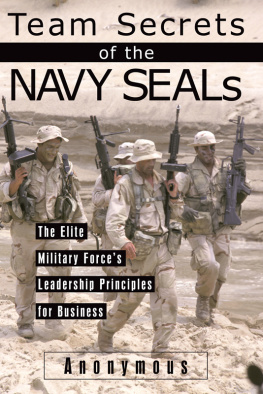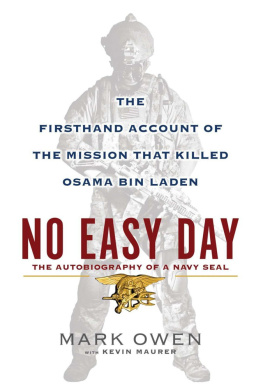U.S. NAVY SEAL'S STORIES OF VALOR IN AFGHANISTAN
Steve Stone has asserted his rights under the Copyright, Design and Patents Act, 1988, to be identified as the author of this work.
PROLOGUE
It was late 2011 in Afghanistan, we heard the sounds of rifle and automatic gunfire along with the whizz of RPGs being fired in the late afternoon. The sounds of sporadic heavy dull explosions could be heard coming from the direction of a group of U.S Army Rangers on the outskirts of Asadabad, which is in a mountainous region of the Hindu Kush Mountains about eight miles northwest of the Pakistani border.
We knew the U.S. Rangers had gone in to locate a HVT in that area mounted up on Humvees. On hearing the sound of battle, I glanced over to team leader for the acknowledgment to get knitted up and ready to move out. With one nod the team sprang into action, grabbing their body armour, helmets and M4 rifles. We ran to our vehicles from the rest area, which was just hard compacted earth with a few chairs and tables underneath a couple of trees. As we ran we were still fastening up our body armor.
With comrades under fire every second counted. The drivers got in and fired up the 6.5 litre V8 diesel engine - revving their engine ready to accelerate away when we were all on board. The radio was chattering away in the background; information was being fed through from Command to my team leader. More informative was coming in about the size and position of the insurgents pinning the Rangers down. All we knew was the Rangers had run into a large contact. As we got a better picture a plan was formulated as we sped towards the Rangers. I was sweating profusely and my heart raced at the thought of my first firefight in Afghanistan.
As we got near, rifle fire and small explosions could be heard echoing both over our radios and outside giving a very short delay between the sound outside and in our headsets. This sound was the shouting, screaming and crying, together with the sound of our motor vehicles. It was an amazing volume of noise that was filling everyone's ears. We could see from our location numerous plumes of dark billowing smoke rising, towering up into the clear blue sky in the direction we were racing towards. This was it, my first real contact, this was not a training exercise or part of BUD/S this was the real thing. I felt sick as the nerves kicked in. I had to prove myself in battle and prove to myself that I truly was a SEAL warrior. I had a job to do and lives depended on my actions. The Rangers had taken their first casualty and it was our job to get everyone out alive whilst neutralizing a few more insurgents.
We split the three vehicles in two, one vehicle flanked the left hand side of the Rangers and the other two moved up to support the Rangers. The main source of fire was from a compound roof with light machine gun fire and RPGs raining down on the Rangers. A compound is just a low mud building, which is usually built in a square with a central open area and rooms around the perimeter. The walls are quite thick and is a heavy duty structure that can take some pounding from small arms fire.
The plan was to use the .50 Cal M2 heavy machine gun to draw fire away from the Rangers. Four of us would flank round to the right and then enter the compound from the rear clearing it before finally taking out the insurgents on the roof. The plan sounded straightforward and simple enough. The biggest issue was avoiding civilians or spotters who could alert the insurgents in the compound that we were closing in. Using as much cover as possible we shuffled along the side of buildings and crouched low as we dashed across roads. Finally, we made it to the rear of the compound, a single insurgent spotted us - just as he raised his AK-47 up to us, a burst of fire from Dingo on my right neutralized the target.
We pushed forwards, towards the main door and prepared to breach it. With the door breached we followed each other closely weapons pointed over each other shoulders as we moved into the first room and fanned out. It was all out speed now - going from room to room killing any insurgents and avoiding the two children and single female living there. We worked our way up to the roof. The insurgents were now in a bit of a frenzy knowing we were almost upon them. Clearing would be the most dangerous element, as the moment we got onto the roof, fire would rain down on us. The best way was to get covering fire from below and chuck a grenade onto the roof directly were we intended enter. The grenade would either kill or injure the insurgents or cause them to scatter left or right, giving us the precious seconds we needed to neutralize them.
Luckily, everything went according to plan, our far superior training and skills helped. I went out onto the roof and turned right - my sights immediately found an insurgent. Two shots saw him drop to the floor like a heavy weight. The rest of the team simultaneously took out the other insurgents. I had acted almost on instinct and this is where all the training I had, came to fruition. The Rangers could move up to their main objective and we could help get the injured Ranger out of the area and onto an evac helicopter. This is what I joined up to do and trained hard for
FOREWARD
A nation hungry for revenge post 9/11 finally got their man with the success of Operation Neptune Spear. Osama bin Laden was no more. However, this came at a price with the unwanted attention that continues to this day. SEAL Team Six is now an international superstar, not too dissimilar to how the British SAS arrived into the public domain following the Libyan Embassy Siege in London in 1980. However, the flip side to this new found fame, is that it aids recruitment and makes potential terrorists fully aware of the capabilities of SEAL Team Six, possibly enough to make them think twice before taking them on
Charlie Beckwith, Delta's founder and first commander saw the need for SEAL components that could be attached to Delta. Dick Marcinko a SEAL officer liked the idea and put it into practice. However, he decided to expand on the idea and pushed for the formation of a full-time Navy counterterrorist command. Marcinko was successful at getting his idea to fruition. He grew SEAL Team Six out of a pre-existing East Coast SEAL intercept/CT initiative known as Mobility 6 (or MOB-6). Marcinko had six months to get his new unit declared mission ready. This would mean long days and even weekends getting his new team up to operational status. Originally SEAL Team Six was seen as a maritime counterterrorism for missions involving hostage rescues from ships or oil platforms. Basically any counterterrorism which involved anything maritime. Marcinko saw his fledgling SEAL Team Six as an alternative to Delta. Marcinko always thought out of the box and was seen by many as a visionary. He would protect the men under his command and ruffle feathers to get what he wanted. He developed a strong sense of loyalty from his men.
He did not care that Delta had more operators, a substantially larger support network, and a stricter, more scientific training regime. Marciano decided this made SEAL Team Six much more flexible and able to react better to dynamic situations. For every questionable procurement, exercise, or action, Marcinko was quick with an expletive-laced explanation. He claimed that every bit of it was mission critical, from the enormous ordnance budget down to the team's mandatory nightly drinking sessions. Marciano could explain it all away the short timeframe to reach operational status. Marcinko managed to assemble SEAL Team Six with even better shooters than Delta's. A fact proven when SEAL Team Six operators had managed to defeat Delta operators in a shootout. Marcinko was forced to give up his command after three years. Marcinko boasted, even my enemies will admit that SEAL Team Six was the best-trained, deadliest, and most capable counterterror unit ever formed.

